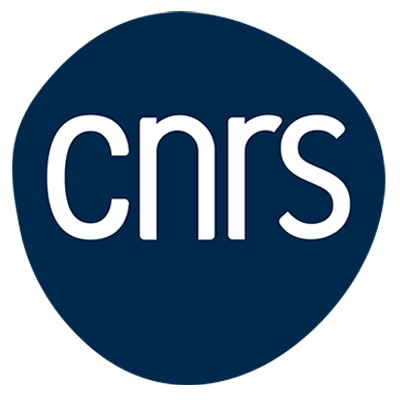IEA ROSIA
French-Australian International Emerging Action on EngineeringIEA ROSIA
2020-2022
Contact:
Prof. Vittorio Sansalone
vittorio.sansalone(at)u-pec.fr
Prof. Peter Pivonka
peter.pivonka(at)qut.edu.au

IEA ROSIA
IEA ROSIA
News

Figure 1. CT scan of a patient affected by Adolescent Idiopatic Scoliosis (AIS)

Figure 2. Patient-specific Finite Element Model of a vertebral body
Introduction
The IEA ROSIA (Remodelage Osseux et Scoliose Idiopathique de l’Adolescent : mieux comprendre les mécanismes de la maladie à travers des analyses expérimentales et l’application d’un modèle théorique / Bone remodeling and adolescent idiopathic scoliosis: to better understand the mechanisms of the disease through coupled experimental and theoretical approaches), managed by Prof. Vittorio Sansalone (MSME, UPEC) in collaboration with Prof. Peter Pivonka (BSRG, QUT), will be effective between 2020 and 2022.
Missions and research themes
Adolescent idiopathic scoliosis (AIS) is a sideways curvature of the spine (Figure 1) affecting the structure and mechanical properties of the bone tissue. There are a few studies addressing this subject and the biophysical mechanisms underlying this disease remain poorly understood. The main goal of our project is to improve our understanding of the bone remodeling (i.e. the process of functional adaptation of bone) in AIS.
We propose to address this problem through experimental and modeling approaches. On the one hand, we will perform biopsies of the vertebral bodies of patients affected by AIS undertaking surgery (we have already obtained the agreement of the ethical committee). On the other hand, we will use this unique database to develop a reliable model of bone remodeling. This synergistic approach between experimental testing and computational modeling will provide unprecedented opportunities to understand the fundamental mechanisms of bone remodeling in AIS and to support clinical practice.
Main OBJECTIVES OF THE PROJECT
Adolescent idiopathic scoliosis (AIS) is a sideways curvature of the spine (Figure 1) affecting the structure and mechanical properties of the bone tissue. The most severe and progressive deviations in adolescents can have significant impact on the life of patients with AIS, linked to the presence of disabling diseases accompanying scoliosis. In fact, in the most severe cases, the spine can press on certain organs, such as the lungs, and thus prevent proper breathing. In addition to being a very heavy intervention, the operation, which is inevitable today, does not systematically succeed and sometimes has unpredictable long-term consequences.
At present, the diagnosis and treatment of AIS is made difficult mainly by a lack of understanding of the underlying causes of this spinal deformity. This project aims to better understand the mechanisms leading to the development of AIS, including mechanical and biochemical abnormalities in the growth process of the vertebral bodies and the functional adaptation of bone tissue (bone remodeling).
We propose a novel methodology which combines longitudinal clinical studies and computational modeling. In the experimental part of the study, we will analyze longitudinal MRI data to investigate growth patterns of the spine in health and AIS subject. Furthermore, we are going to perform vertebral body biopsies in AIS patients which have to undergo surgical correction due to severe spine deformity. In the computational part of the project, we will use this unique database to develop reliable and personalized in-silico models. This dual approach will offer unprecedented opportunities to better understand the fundamental mechanisms of AIS and thus support the clinical practice of this pathology in the short and medium term.
This collaborative research project between France and Australia in the field of engineering for health is the result of a collaboration between the MSME laboratory in Paris and the Queensland University of Technology (QUT) and the Queensland Children’s Hospital (QCH). The clinical protocol at the QCH has already been validated and tested and we started collecting the first clinical data that allowed to set up preliminary patient-specific numerical models of individual vertebral bodies (Figure 2).
institutions and laboratories involved
France
- Prof. Vittorio Sansalone and Natalia Mühl Castoldi. Modélisation et Simulation Multi Echelle (MSME UMR 8208 CNRS), Université Paris-Est Créteil Val de Marne (UPEC)
- Dr. Madge Martin, École des Mines de Saint-Etienne, Centre CIS
Australia
- Prof. Peter Pivonka and Natalia Mühl Castoldi. Biomechanics and Spine Research Group (BSRG), Queensland University of Technology (QUT), Brisbane
- Queensland Children’s Hospital (QCH), Brisbane
Students:
- Natalia Mühl Castoldi (PhD student, 2020-2023)
- Alexis Arslan (MSc intern, ENSAM, 3rd year, 2019-2020)
- Laure Stickel (MSc intern, École des Ponts ParisTech, 2nd year, 2018-2019)
